Results

Carlos Espinosa/CDF
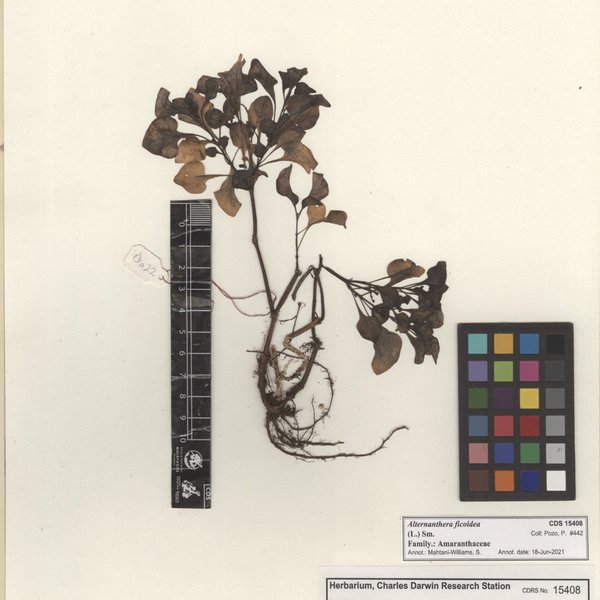
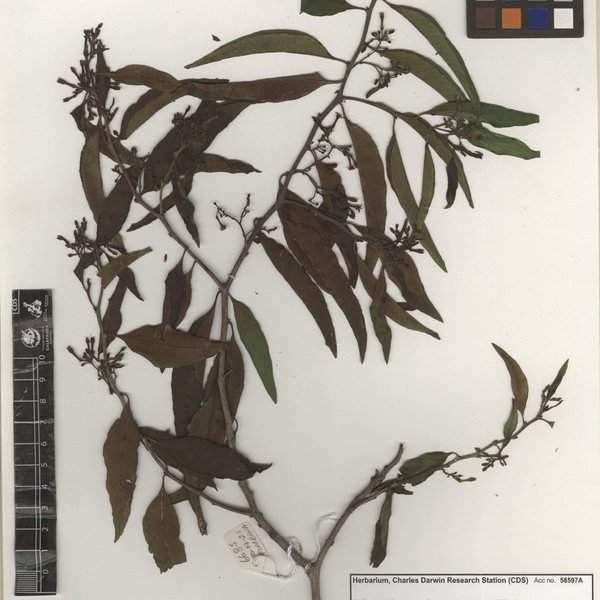
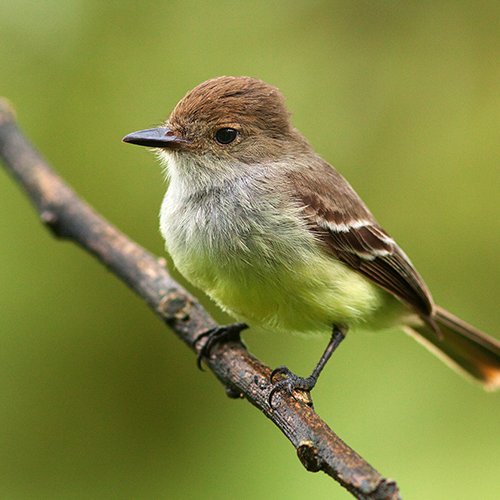

Carlos Espinosa/CDF
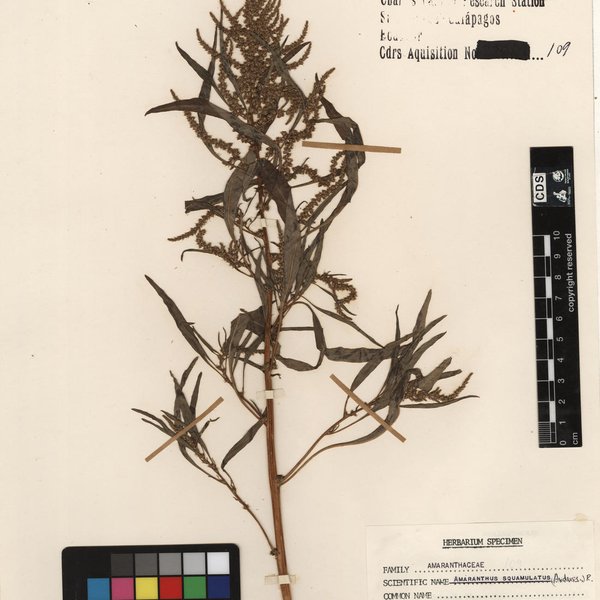

Carlos Espinosa/CDF

Carlos Espinosa/CDF

Carlos Espinosa/CDF
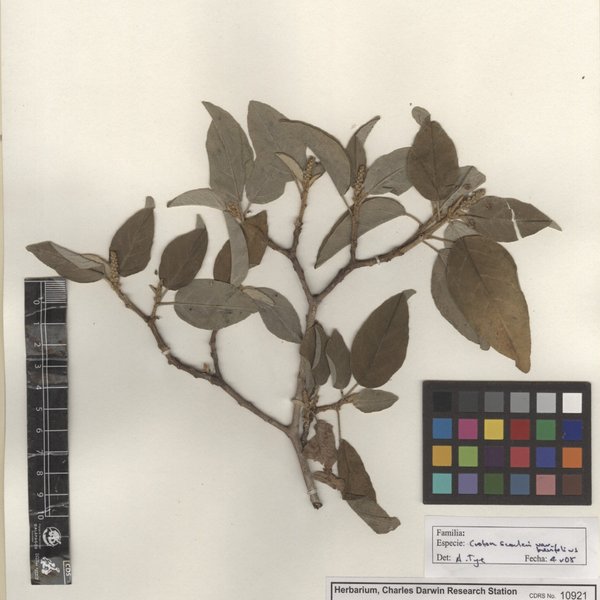

Carlos Espinosa/CDF

Carlos Espinosa/CDF
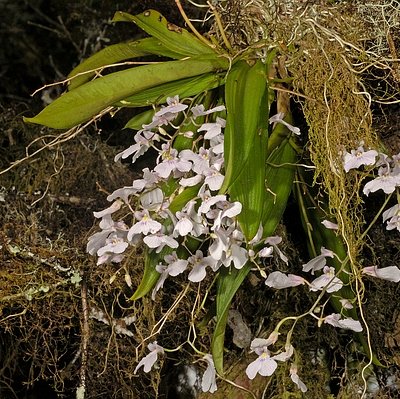
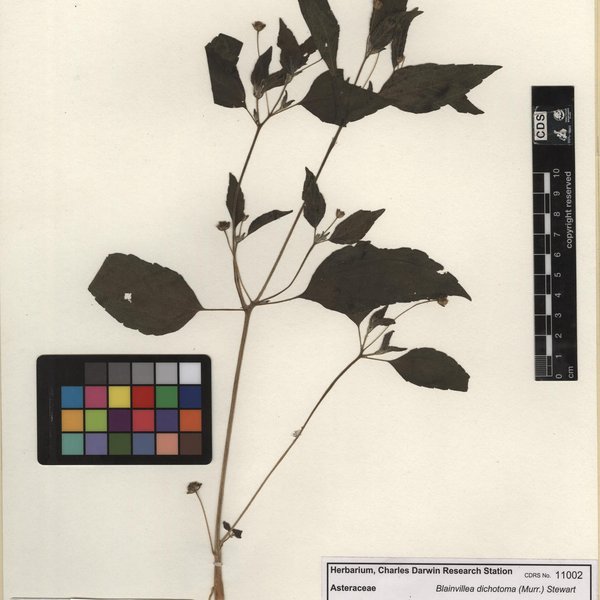
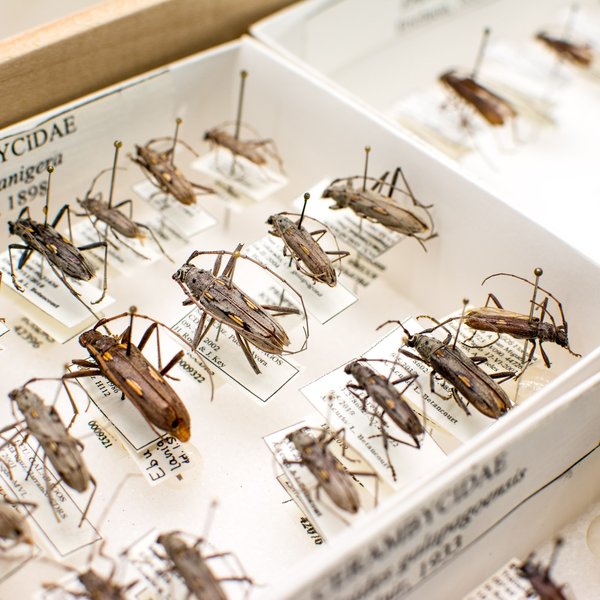
Juan Manuel Garcia-CDF
Natural History Collections
The Charles Darwin Research Station is home to the largest Natural History Collections of endemic, native and introduced species of the Galapagos Islands in Ecuador. It is also one of the largest in the world with over 135,000 specimens from more than 7,500 species.

Carlos Espinosa/CDF

Carlos Espinosa/CDF
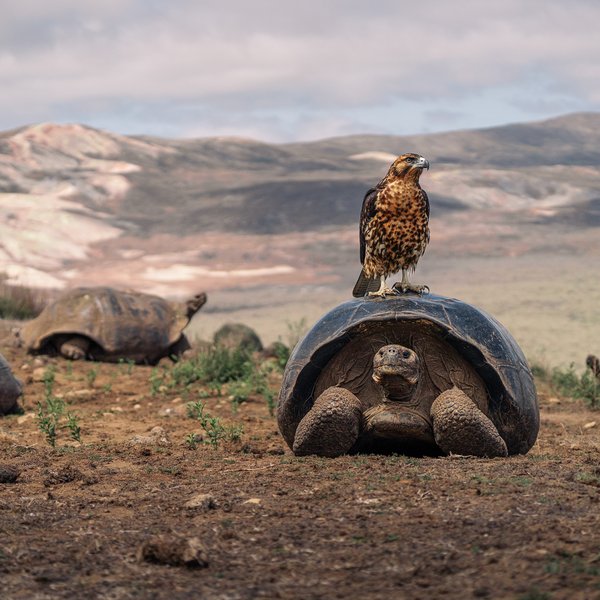
Get involved
By donating to the Charles Darwin Foundation and its Research Station, you are helping our scientists continue their research in order to better protect the unique animals and ecosystems of the Galapagos Islands.

Carlos Espinosa/CDF

Carlos Espinosa/CDF




